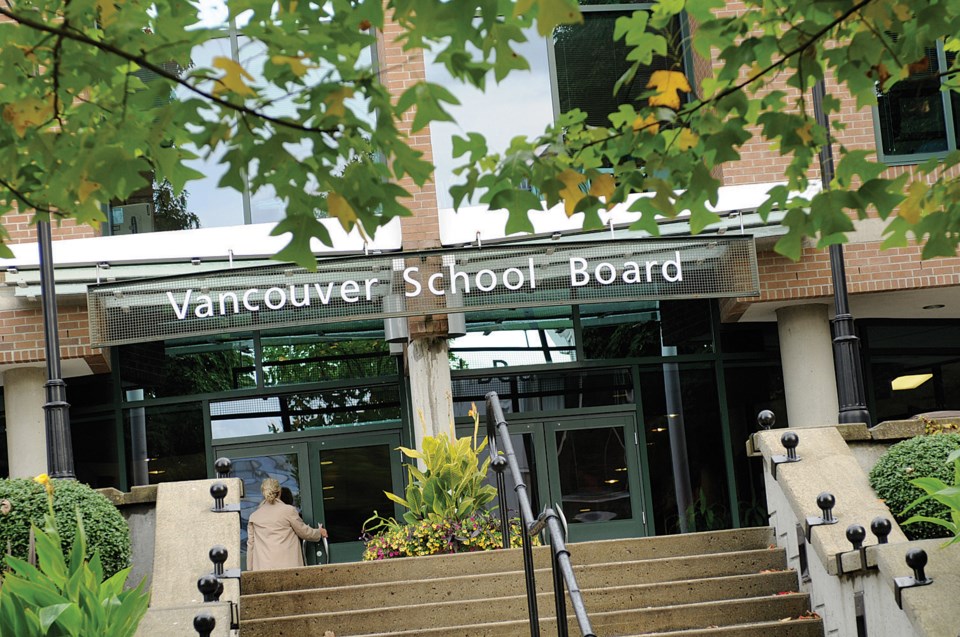Rachel Butler told me last month about her concern that her son may not get into kindergarten at oversubscribed Simon Fraser elementary, his catchment school where he attends preschool.
David Nelson, a Vancouver School Board director of instruction, said the board is working on an enrolment management strategy and looks at long-term enrolment projections to 2029.
So I visited the VSB to learn about the information it collects. The board sends actual enrolment numbers to consulting company Baragar Systems, which geocodes them.
With Baragar’s GeoSchool program, the board can see that almost all of the students who attend Simon Fraser elementary at West 15th Avenue and Columbia Street live in the catchment. It can pinpoint which streets students live on.
Enrolment in Vancouver public schools has been declining for years but the VSB expects to see an increase within the next four years. Increases are expected only in certain areas, whereas enrolment in some East Side and south Vancouver schools is projected to stagnate.
Baragar Systems looks at birthrates and universal child care benefit claims to create population projections for school-aged students for each area of the city. The district factors in that 84 per cent of students, a little less in elementary, a little more in secondary, enrol in public school as opposed to private options.
The district wasn’t using Baragar when planning for Elsie Roy elementary in Yaletown. The school has struggled to accommodate children in the area since it opened.
But Nelson surmises planners then couldn’t have predicted shifting trends.
“What used to be true was this pattern of babies being born and then a migration out, which started around four, five, maybe six years of age,” Nelson said. “We’ve seen a huge shift in terms of families saying we’re not going to move out, or we’re actually planning into move downtown and have a family and stay.”
John Dawson, district principal of student information, says another challenge is the provincial government, which pays for school construction, doesn’t want to spend taxpayer money based on predictions.
“The ministry plans for what is,” he said. “They will not build a school based on anybody’s projections, their own or anybody else’s.”
The board expects it will need another high school downtown, but the VSB has yet to see whether more elementary students there will translate into more secondary school students. Nelson noted the population downtown is transient.
He said planners need to try to try to decipher how housing prices affect demographics.
“At what point does a condo become unaffordable for people who may have children?” he said. “Big places like Oakridge, how much are those [new condos] going to sell for and will that have any impact on how many families can either afford to buy them or are choosing to buy them?”
The information captured in Baragar is used only as a starting point, with planners also considering planned and potential developments in the city.
Nelson believes the district has been using Baragar for four years. It’s also used by most of other districts in the province.



